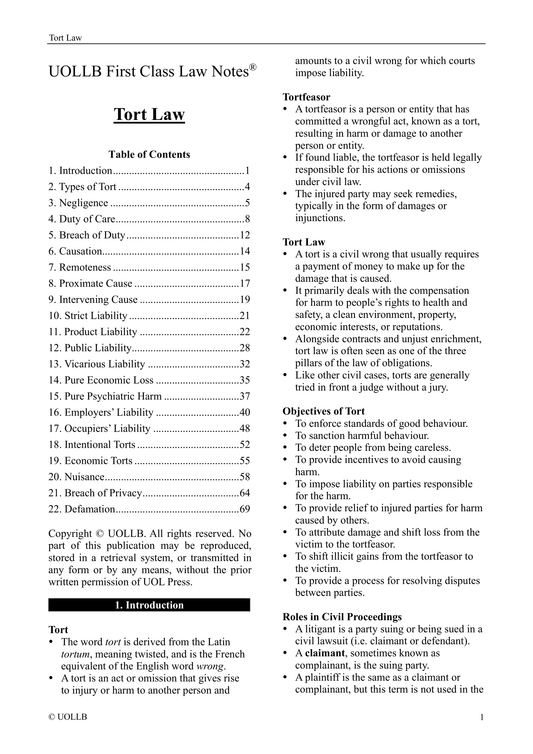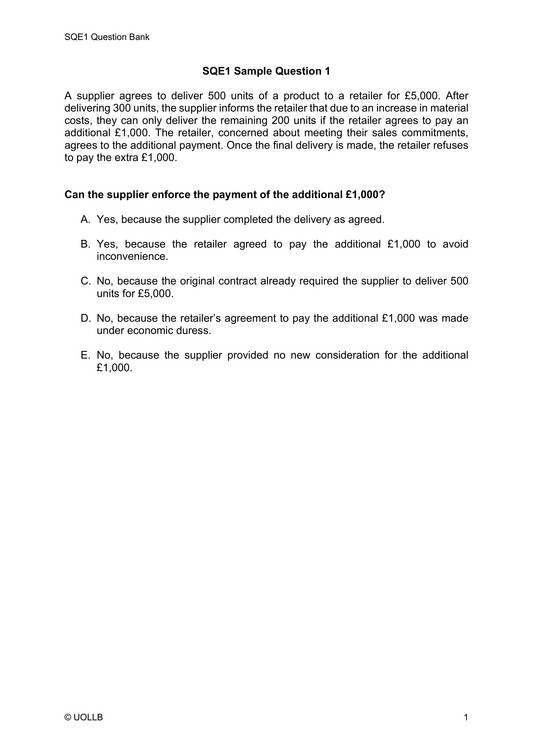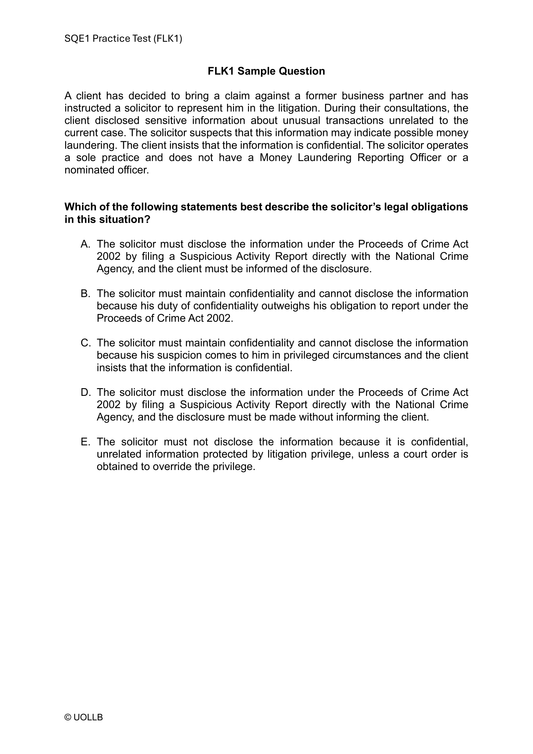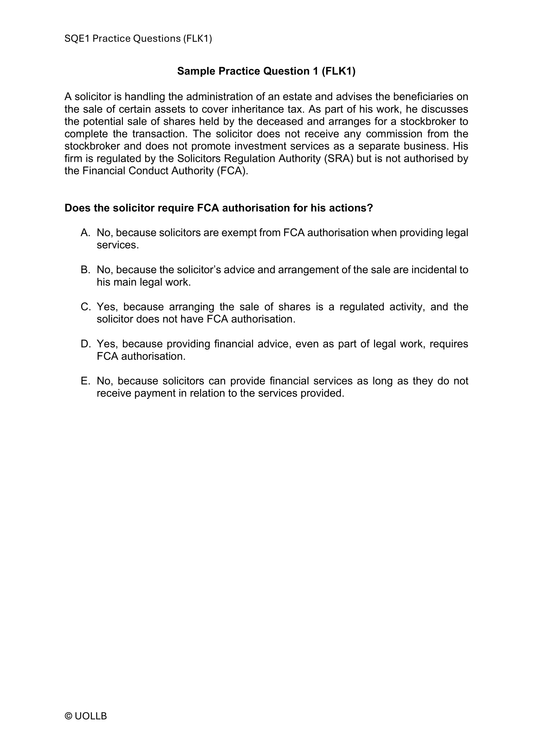History of Intellectual Property
Share
Intellectual property (IP) refers to a legal concept that grants exclusive rights to individuals or entities for their intellectual creations and innovations. It is a crucial means of protecting intangible assets, including ideas, inventions, creative works, and designs. Its history can be traced back to ancient civilisations, but the modern concept of IP rights has evolved significantly over time.
Ancient origin: The concept of protecting intellectual creations can be traced back to ancient civilisations. In ancient Greece and Rome, for example, there were laws that protected the rights of authors and inventors. The Roman jurist Ulpian is often cited as one of the earliest figures to recognise the value of intellectual property.
Medieval guilds and patents: During the Middle Ages, European guilds played a role in protecting certain forms of knowledge and craftsmanship. Patents, in the form of exclusive privileges granted by monarchs, were also established to incentivise innovation in areas like glassmaking and printing.
Statute of Monopolies 1624: In England, the Statute of Monopolies was enacted in 1624 to limit the grant of exclusive privileges. This statute marked the beginning of a more formal system of intellectual property protection, particularly in the context of patents.
Statute of Anne 1710: The Statute of Anne, also known as the Copyright Act 1710, is considered one of the first copyright laws. It granted authors certain exclusive rights to their works for a fixed period. This statute set the stage for modern copyright law.
United States Constitution 1787: The U.S. Constitution empowered the U.S. Congress to establish copyright and patent systems. The Patent Act of 1790 and the Copyright Act of 1790 were among the earliest IP laws in the United States.
Berne Convention 1886: The Berne Convention for the Protection of Literary and Artistic Works was established in 1886, laying the foundation for international copyright protection. This treaty harmonised copyright laws among member countries.
Paris Convention 1883: The Paris Convention for the Protection of Industrial Property, signed in 1883, provided international protection for patents, trademarks, and industrial designs.
World Intellectual Property Organisation (WIPO): WIPO was established in 1967 as a specialised agency of the United Nations to promote and protect intellectual property rights worldwide. It administers various international IP treaties and agreements.
TRIPS Agreement 1994: The Agreement on Trade-Related Aspects of Intellectual Property Rights (TRIPS) is a part of the World Trade Organisation (WTO) and sets out minimum standards for the protection of IP rights among WTO member countries.
Digital age and contemporary challenges: With the advent of the digital age, issues related to IP have become more complex. Challenges include digital piracy, open-source movements, and the balance between protecting IP rights and promoting access to information.
The history of IP has seen a continuous evolution of laws and international agreements aimed at protecting the rights of creators and inventors while fostering innovation and creativity. IP rights have become increasingly important in the global economy, playing a significant role in trade, technology transfer, and cultural preservation. The ongoing development of IP laws and regulations reflects the changing landscape of innovation and information exchange in the modern world.
Ancient origin: The concept of protecting intellectual creations can be traced back to ancient civilisations. In ancient Greece and Rome, for example, there were laws that protected the rights of authors and inventors. The Roman jurist Ulpian is often cited as one of the earliest figures to recognise the value of intellectual property.
Medieval guilds and patents: During the Middle Ages, European guilds played a role in protecting certain forms of knowledge and craftsmanship. Patents, in the form of exclusive privileges granted by monarchs, were also established to incentivise innovation in areas like glassmaking and printing.
Statute of Monopolies 1624: In England, the Statute of Monopolies was enacted in 1624 to limit the grant of exclusive privileges. This statute marked the beginning of a more formal system of intellectual property protection, particularly in the context of patents.
Statute of Anne 1710: The Statute of Anne, also known as the Copyright Act 1710, is considered one of the first copyright laws. It granted authors certain exclusive rights to their works for a fixed period. This statute set the stage for modern copyright law.
United States Constitution 1787: The U.S. Constitution empowered the U.S. Congress to establish copyright and patent systems. The Patent Act of 1790 and the Copyright Act of 1790 were among the earliest IP laws in the United States.
Berne Convention 1886: The Berne Convention for the Protection of Literary and Artistic Works was established in 1886, laying the foundation for international copyright protection. This treaty harmonised copyright laws among member countries.
Paris Convention 1883: The Paris Convention for the Protection of Industrial Property, signed in 1883, provided international protection for patents, trademarks, and industrial designs.
World Intellectual Property Organisation (WIPO): WIPO was established in 1967 as a specialised agency of the United Nations to promote and protect intellectual property rights worldwide. It administers various international IP treaties and agreements.
TRIPS Agreement 1994: The Agreement on Trade-Related Aspects of Intellectual Property Rights (TRIPS) is a part of the World Trade Organisation (WTO) and sets out minimum standards for the protection of IP rights among WTO member countries.
Digital age and contemporary challenges: With the advent of the digital age, issues related to IP have become more complex. Challenges include digital piracy, open-source movements, and the balance between protecting IP rights and promoting access to information.
The history of IP has seen a continuous evolution of laws and international agreements aimed at protecting the rights of creators and inventors while fostering innovation and creativity. IP rights have become increasingly important in the global economy, playing a significant role in trade, technology transfer, and cultural preservation. The ongoing development of IP laws and regulations reflects the changing landscape of innovation and information exchange in the modern world.


























































